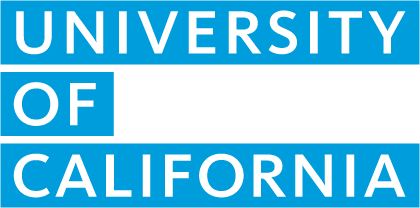Submitting courses
Every institution that serves high school students in California needs to submit courses to the A-G Course Management Portal (CMP) for review by UC.
Each person that supports the A-G course submission process, whether by writing courses or managing the A-G list, should register for their own user account on the A-G CMP.
Draft your course
- Review the different types of course submissions
- Review the course description & content requirements
- Review the A-G subject areas to ensure your course meets all of the requirements.
- Visit the Writing A-G courses page to learn about what you need to include in your course description.
- Use your resources
- Work with your course content experts (e.g. teachers, subject department chairs, curriculum directors) to write the course.
- The Search feature on the A-G CMP homepage allows you to search for and view other school’s A-G approved courses.
- Utilize the Share draft course feature on the A-G CMP to collaborate with other users on course drafts.
After you submit
Find out your results
Log into the A-G CMP to view your results under the Results tab in the A-G Courses Manager.
New courses are generally reviewed within two to four weeks of submission. However, depending on the time of year and volume of submissions, it may take longer.
Not approved courses
If your course does not get approved and is eligible for resubmission, resubmit the course after making modifications to the submission based on the analyst’s comments.
Forwarding and submitting your course
Course and reference list managers are responsible for submitting courses to UC for review via the A-G CMP. All A-G CMP users with basic permissions must forward courses to their course or reference list manager, who must review each course before making the final submission to UC.
Types of course submissions
New courses
Brand new courses are courses created by your institution. Before you start writing a course, review the A-G subject requirements to ensure the course meets the criteria and guidelines of its respective subject area.
See the Writing A-G courses page for information on course description requirements, guidance, and sample courses.
Modeling after another institution's course
Schools can model after courses already approved at another school using the "Model after another institution's course" feature on the A-G CMP.
When modeling after another institution’s course, make edits to the course description as necessary to reflect how the course will be taught at your institution and meets current A-G subject requirements and submission requirements.
Adding program courses
Programs (e.g. the College Board Advanced Placement Program, CSU Early Assessment Program) submit their own standardized courses to UC for review.
Students are not able to directly enroll in program courses to fulfill the A-G subject requirements. These courses are A-G approved for the program to sell or license their curriculum to be taught by teacher or administrator within the local high school or district.
Program A-G reference lists can be found on the A-G Reference List website.
Adding ROC/P Courses
ROC/P's maintain A-G lists in the A-G CMP so that schools may choose to add these courses to their own A-G course lists. For more information about the courses developed by an ROC/P, please contact a representative from the ROC/P directly. Contact information is available on the A-G Course List site.
Self-reporting online publisher courses
As of February 1, 2020, schools add online publisher courses to their A-G course lists by certifying and self-reporting courses from UC-registered online course publishers. More information about certifying and self-reporting courses can be found in the summary of the updated online course policy.
Activating archived courses
Schools and districts/school networks can activate archived courses that will be taught in the upcoming academic year.
Activations require a full review of the course. When activating archived courses, update the course description information to ensure it meets current A-G subject requirements and submission requirements.
